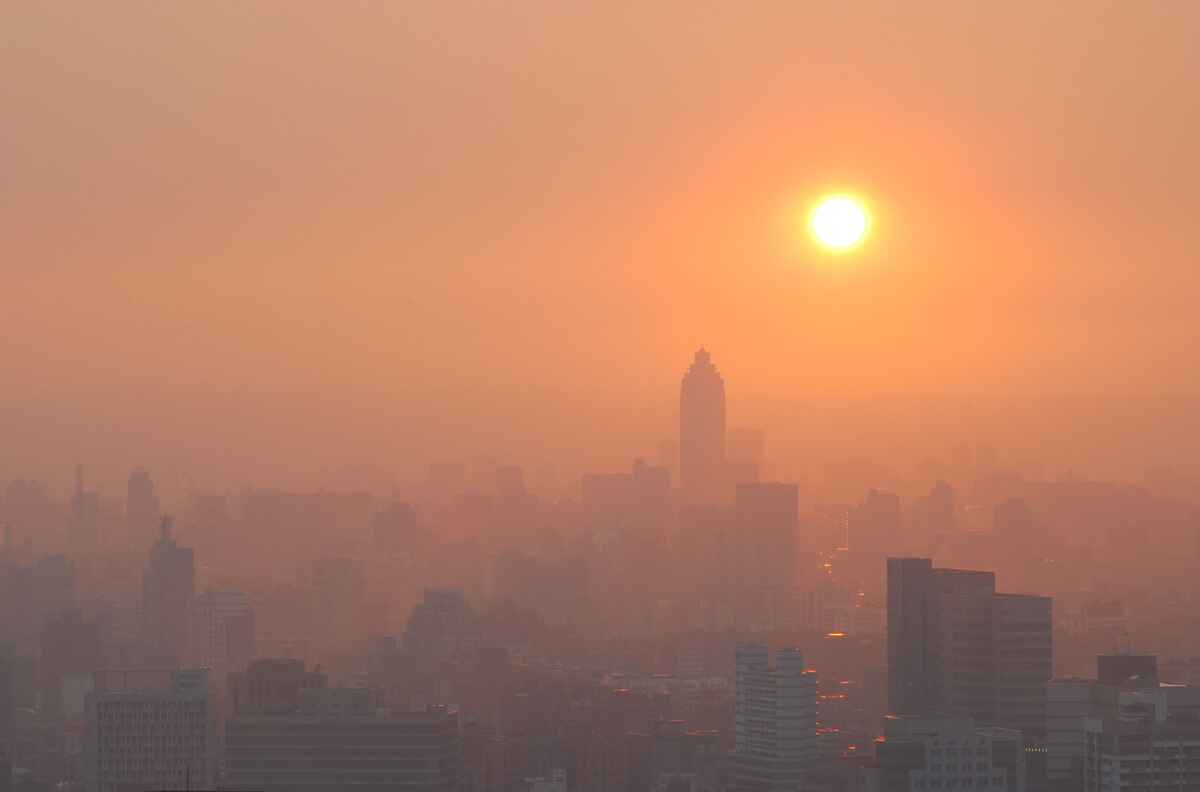-
Services
Featured Specialties
-
Locations
Location Type
-
Patients & Visitors
Published August 14, 2023

Poor air quality from wildfires and increasing pollution can result in serious health consequences. The two biggest factors contributing to poor air quality are ozone and particle pollution.
Ozone gas or smog forms in the lower atmosphere when nitrogen oxides “cook” together with VOCs (volatile organic compounds) in the sunlight, through chemical reactions and can be produced by things like cars, factories and consumer products. Particle pollution is a result of things like wood burning stoves, burning fossil fuels and of course wildfires. Particles come in different sizes but fine particles, known as PM2.5, can enter the bloodstream after being inhaled.
“Particle pollution is a deadly and growing threat to public health,” said Northeast Medical Group pulmonologist Kevin Twohig, MD. “In 2013, the World Health Organization classified air pollution as a human carcinogen, which is incredible. There is an association between long term exposure to fine particles and increasing risk of lung cancer and death in never smokers.”
Other long term health impacts of particle pollution include:
Infants, young children, the elderly and those who are pregnant are especially vulnerable to health issues when exposed to poor air quality. Those who live in urban areas where there is increased pollution are also more susceptible to developing complications.
Dr. Twohig recommends everyone, but especially those who are vulnerable, check the air quality in their community before leaving for the day. If the air quality is at a dangerous level, they should avoid spending time outdoors. For those who must go outside, wearing an N95 mask may help to reduce the particles they inhale.
Inside, air purifiers with HEPA filters and proper cleaning to decrease dust mite exposure from upholstery and carpets can help improve air quality. For those with asthma it will be especially important to avoid irritants such as smoke from wood burning stoves, cigarettes, aerosol products and paint thinners.
However, Dr. Twohig emphasizes that more must be done to help reduce our exposure to poor air quality caused by climate change. Extreme heat, humidity, wildfires and flooding can all have an impact on health. Studies show that reducing ozone and particle pollution can help improve outcomes.
“If you cut down the PM2.5 guess what happens? People start getting better and you improve respiratory health,” Dr. Twohig said. “Cleaning up the particle pollution makes a difference and you can improve respiratory health in kids and adults.”